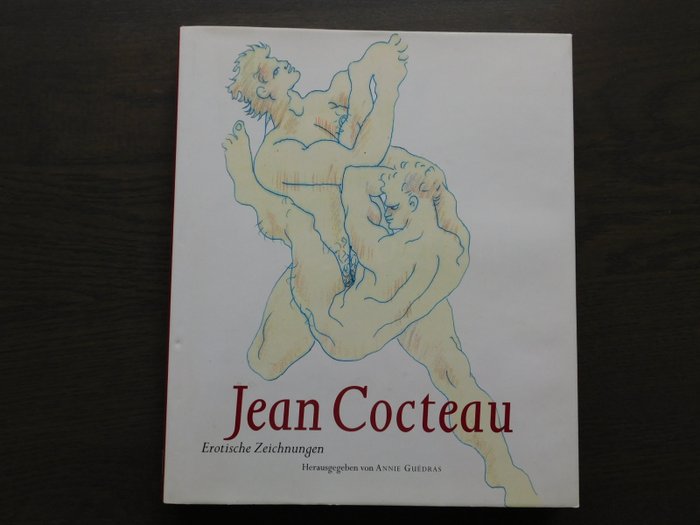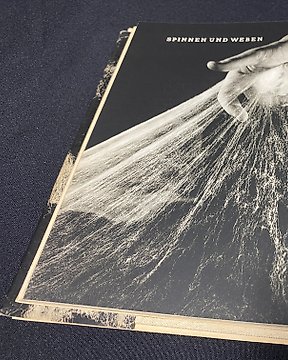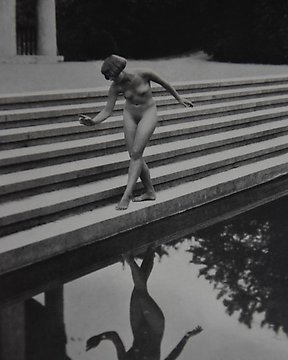Tony Ward - Tableaux vivants & orgasm - 2000
Nr. 82184069

Annie Guedras - Jean Cocteau. Erotische Zeichnungen - 1998
Nr. 82184069

Annie Guedras - Jean Cocteau. Erotische Zeichnungen - 1998
Erotische Zeichnungen
Jean Cocteau
Ed. by Annie Guedras
143 pages
Language German
Published by Evergreen/Taschen Verlag (1998)
Dimensions: 29×24.5 cm
Hard cover with dust jacket
Good: condition, See photos for details.
Jean Maurice Eugène Clément Cocteau (5 July 1889 – 11 October 1963) was a French poet, playwright, novelist, designer, filmmaker, visual artist and critic. Cocteau is best known for his novels Le Grand Écart (1923), Le Livre Blanc (1928), and Les Enfants Terribles (1929); the stage plays La Voix Humaine (1930), La Machine Infernale (1934), Les Parents terribles (1938), La Machine à écrire (1941), and L'Aigle à deux têtes (1946); and the films The Blood of a Poet (1930), Les Parents Terribles (1948), from his own eponymous piéce, Beauty and the Beast (1946), Orpheus (1949), and Testament of Orpheus (1960), which alongside Blood of a Poet and Orpheus constitute the so-called Orphic Trilogy. He was described as "one of [the] avant-garde's most successful and influential filmmakers" by AllMovie.
Jean Cocteau never hid his homosexuality. He was the author of the mildly homoerotic and semi-autobiographical Le livre blanc (translated as The White Paper or The White Book), published anonymously in 1928. He never repudiated its authorship and a later edition of the novel features his foreword and drawings. The novel begins:
As far back as I can remember, and even at a age when the mind does not yet influence the senses, I find traces of my love of boys. I have always loved the strong sex that I find legitimate to call the fair sex. My misfortunes came from a society that condemns the rare as a crime and forces us to reform our inclinations.
Frequently his work, either literary (Les enfants terribles), graphic (erotic drawings, book illustration, paintings) or cinematographic (The Blood of a Poet, Orpheus, Beauty and the Beast), is pervaded with homosexual undertones, homoerotic imagery/symbolism or outright camp. In 1947 Paul Morihien published a clandestine edition of Querelle de Brest by Jean Genet, featuring 29 very explicit erotic drawings by Cocteau. In recent years several albums of Cocteau's homoerotica have been available to the general public.
Cocteau had affairs with Jean Le Roy, Raymond Radiguet, Jean Desbordes, Marcel Khill, and Panama Al Brown.
In the 1930s, Cocteau is rumoured to have had a very brief affair with Princess Natalie Paley, the daughter of a Romanov Grand Duke and herself a sometime actress, model, and former wife of couturier Lucien Lelong.
Cocteau's longest-lasting relationships were with French actors Jean Marais[13] and Édouard Dermit, whom Cocteau formally adopted. Cocteau cast Marais in The Eternal Return (1943), Beauty and the Beast (1946), Ruy Blas (1947), and Orpheus (1949).
Das könnte Ihnen auch gefallen
- 16+
Dieses Objekt wurde vorgestellt in:
So kaufen Sie auf Catawiki
1. Etwas Besonderes entdecken
2. Höchstgebot abgeben
3. Sichere Zahlung durchführen



